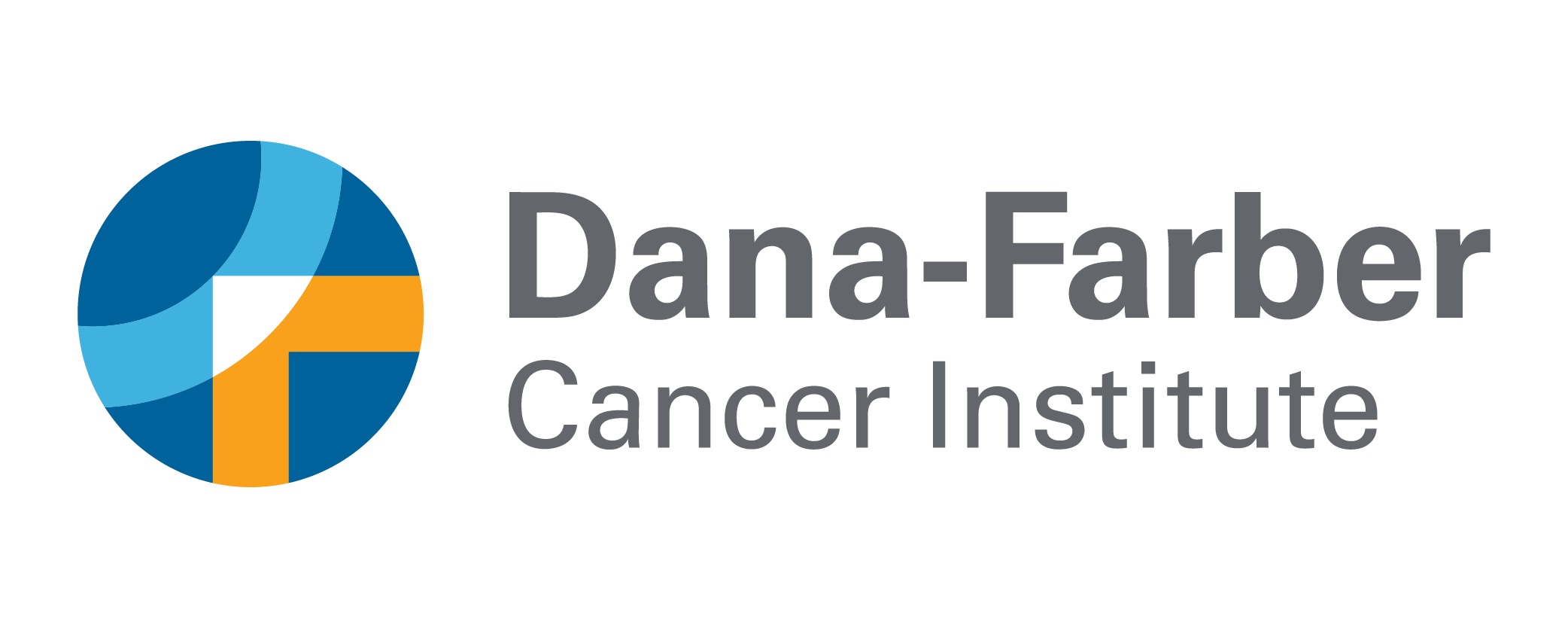Embargoed for ReleaseApril 4, 20015:00p.m. Eastern Time
Contact:Janet Haley Dubow(617) [email protected]
Oral therapy for leukemia can treat anotherwise incurable form of abdominal cancer, study finds
BOSTON -- A drug that made national headlines for its success against chronic myelogenous leukemia (CML) has shrunk and even eliminated some tumors in a patient with a rare and otherwise incurable form of gastrointestinal cancer, scientists at Dana-Farber Cancer Institute and collaborators in Finland and at Oregon Health Sciences University (OHSU) report in the April 5 issue of the New England Journal of Medicine.
"This work is based on an understanding of the genetic mutations involved Gastrointestinal Stromal Tumor, or GIST," says George Demetri, M.D., of Dana-Farber, the study's senior author. "Laboratory experiments predicted this medication might work in GIST, and we are pleased with the clinical benefits achieved in the first patient with GIST to be treated with it." GIST is resistant to other forms of conventional therapy.
"While this first experience was limited to a single patient, the results in this study are sufficiently positive that we have begun a large-scale international clinical trial of the medication for other patients with this type of cancer," he continues. "This represents the first real hope for many of these individuals."
The drug, known initially as STI571 and now called Glivec(tm);, was discovered and is being developed by the pharmaceutical company Novartis. In this same issue of the New England Journal of Medicine, results from the first clinical trials of Glivec in leukemia patients are presented by the principal investigator, Brian Druker M.D., OHSU. Dr. Druker has been pivotal in identifying Glivec as a promising new drug.
Glivec works by selectively blocking the action of certain enzymes known as tyrosine kinases. In patients with CML, an abnormality in the DNA of leukemia cells causes the action of a specific enzyme to be "switched on" in an uncontrolled manner, triggering the runaway growth of the cancerous white blood cells. Previous research in Boston, Japan, Finland, Washington, and other labs has shown that the GIST cells possess a defective version of a tyrosine kinase enzyme called "KIT." KIT is separate and distinct from the enzyme, which is abnormal in the leukemia cells. The defect, or mutation, in GIST causes the KIT enzyme to become active in an uncontrolled manner.
"Research showed that Glivec is able to inhibit the function of KIT," Demetri says. "We reasoned that since Glivec can block tyrosine kinase activity in CML, and since this fights the leukemia effectively, this drug could very well have similar benefits in treatment of GIST based on the similarities between the different enzymes in the tumors. GIST represents a rationally defined target based on the scientific understanding of the cancer, aimed at selectively treating the problem that makes the cancer cells different than any normal cells in the body." This case study in GIST reports the first time that Glivec has been used to treat a cancer other than leukemia. The case involved a 50-year-old woman with a GIST that had spread to her liver and other sites in her abdomen. Malignant GISTs occur in about 1,000 Americans a year, usually originating in the stomach or small intestine in cells that form the organs' connective tissue.
For patients whose malignant GISTs cannot be completely removed by surgery, the outlook is bleak. Less than 5 percent of such tumors respond to conventional chemotherapy, and in those rare cases that do respond, relapses usually occur within weeks. Patients whose malignant GISTs are inoperable generally die within a year or two of diagnosis.
The patient in the study had undergone surgery as well as chemotherapy for GISTs in her gastrointestinal tract. Doctors determined that her cells harbored a mutation in the gene for KIT. When she enrolled in the study, the disease had recurred in her liver and abdomen, where she had more than 28 tumors. Under the study protocol, she took the Glivec capsules once a day.
Six months after the study began, the patient showed a 70 percent decrease in the size of her eight largest liver tumors. Six tumors had disappeared and no new tumors had arisen. The side effects of the medication were minimal.
The follow-up study has been conducted in an international collaboration among researchers at Dana-Farber, OHSU, Fox Chase Cancer Center, and Helsinki University Central Hospital in Finland. The results of this study will be presented at the upcoming annual meeting of the American Society of Clinical Oncology in May 2001.
A newer study sponsored by the National Cancer Institute, in collaboration with the National Cancer Institute of Canada, has also been opened to offer this treatment to patients with GIST throughout North America. For more information on this study, call 617-632-2200.
Dana-Farber Cancer Institute (www.danafarber.org) is a principal teaching affiliate of the Harvard Medical School and is among the leading cancer research and care centers in the United States. It is a founding member of the Dana-Farber/Harvard Cancer Center (DF/HCC), designated a comprehensive cancer center by the National Cancer Institute.
-- end --
